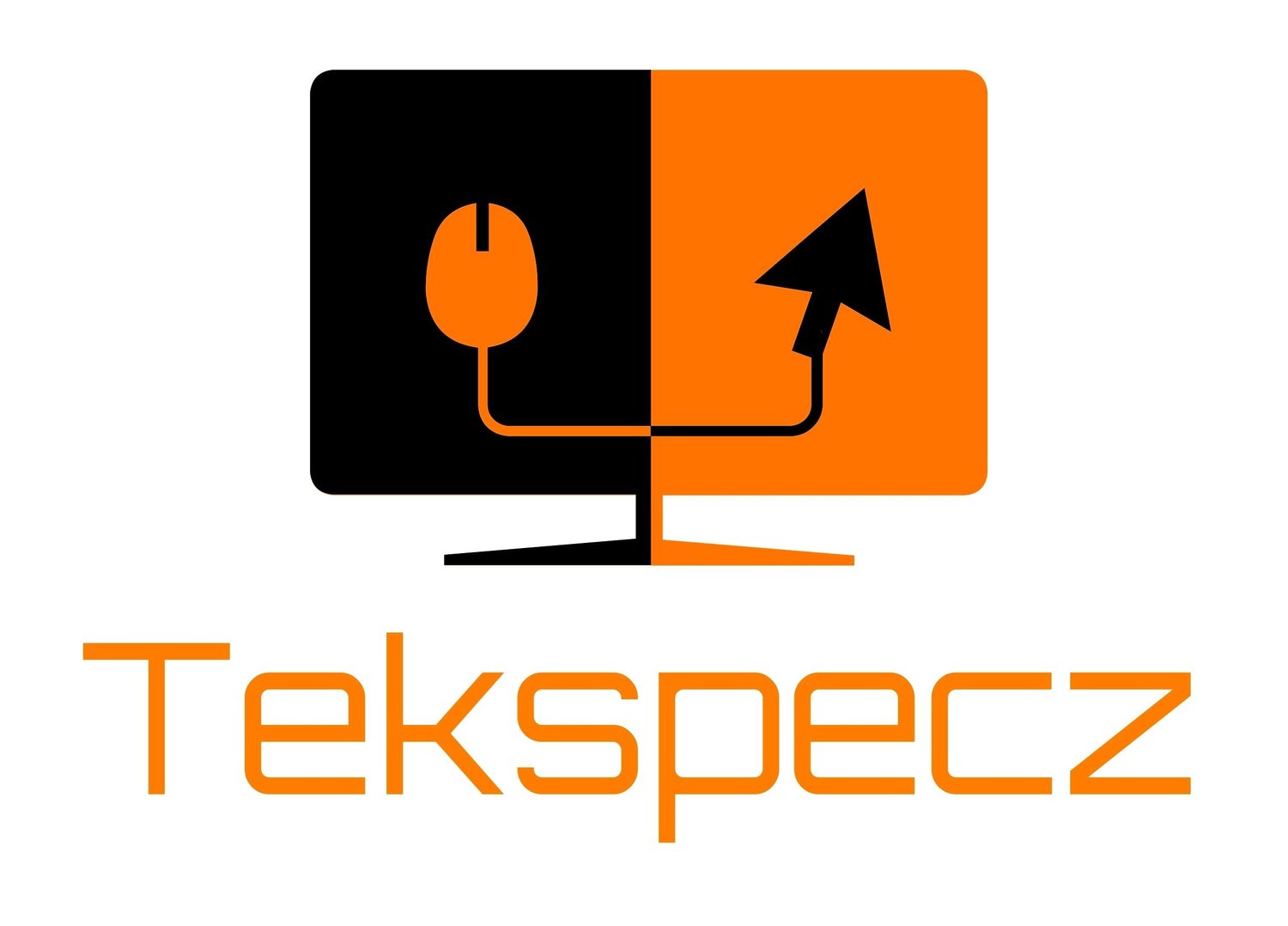If you're looking to purchase a gaming mouse these days chances are the connection will not be based on wireless connectivity. Let's face it, gaming with a wireless mouse will almost always result in impeded performance, more importantly wireless mouse does not have a high rate of click latency, which in the world of PC gaming can be a negative. Thinking about purchasing or building gaming rig and use it for high intense gaming then your best bet is to purchase a high performing wired mouse. Wired gaming mouses have a reputation of having very quick motion and click latency, along with great connectivity that does not involves signaling interference. Is there a wireless gaming mouse out there on the market that's quick to the click and at same time performs well? Yes problem solved by Logitech with its newly released wireless mouse, the G900 Chaos Spectrum.
Before we dig deep into its design of the mouse, because let's face it, the structural design almost always play an important role in comfort and feel. But aside from the design, the features on the G900 is pretty interesting. Wireless mouse are almost always sub par in performance compared to wired mouses,especially high performing wired mouses geared for gaming. With Logitech's G900 Chaos Spectrum, you have something special here.
Its all about latency power with gaming mouses, the G900 has that with professional grade performance featuring a 1-millisecond report rate and a highly optimized 2.4GHz wireless connection. Logitech is making claim that their wireless mouse has the most accurate optical sensor on the market and it has the numbers to prove it. The Chaos Spectrum comes fully equipped with a PMW3366 optical sensor that according to Logitech has zero smoothing and filtering or acceleration all across an entire DPI range that measures 200- 12,000. These high DPI numbers are what you'll see on wired gaming mouse. High DPI numbers means accurate tracking and consistent responsive speed.
Proof of Logitech low latency numbers are well documented by the peripheral manufacturer. Stacking their numbers against the likes of wired competitors such as SteelSeries 300 Rival and the Death Adder Chroma, according to Logitech these documented numbers are pretty impressive. Compared too the SteelSeries Rival and Death Adder Chroma, Logitech G900 Max latency is 5.54 while the rival wired mouse is 8.51 with the SteelSeries and 12.26 with the Death Adder. These benchmark numbers brings fourth proof that you can use a wireless mouse for gaming.
What about that design which I will not forget to mention, the Chaos Spectrum has optimize reduction of weight which should maintain a sturdy level of stability. Each portion of the mouse is adjusted to remove each milligram when possible, from its super thin wall molding to its hollow " spoked" hyperscroll wheel build, this lends to the mouse weighing just 107g, giving overall comfort for extended uses and quick response motion.
There are several standout features that's peaked my impression on the Chaos Spectrum, first we have the featured Logitech's own clock tuning technology. This reduces overall power consumption so users can partake in continuous play for an added 32 hours, with 24 hours of default lighting. Then there's the mechanical pivot button design, which is a metal spring tension system and a metal hinge that's embedded into the left and right mouse buttons which Logitech states will give users that clean click feel. Probably the most impressive feature ahead of all the other mentioned feature is its Ambidextrous Design, with fully configurable button layout which allow for both right and left handed use that Logitech states will work with any mouse grip style,that includes palm,claw and finger grips.
Want this wireless mouse? Well to enjoy its low click latency and its ambidextrous design will cost a great amount of money at $150. Market release will be available in April.




